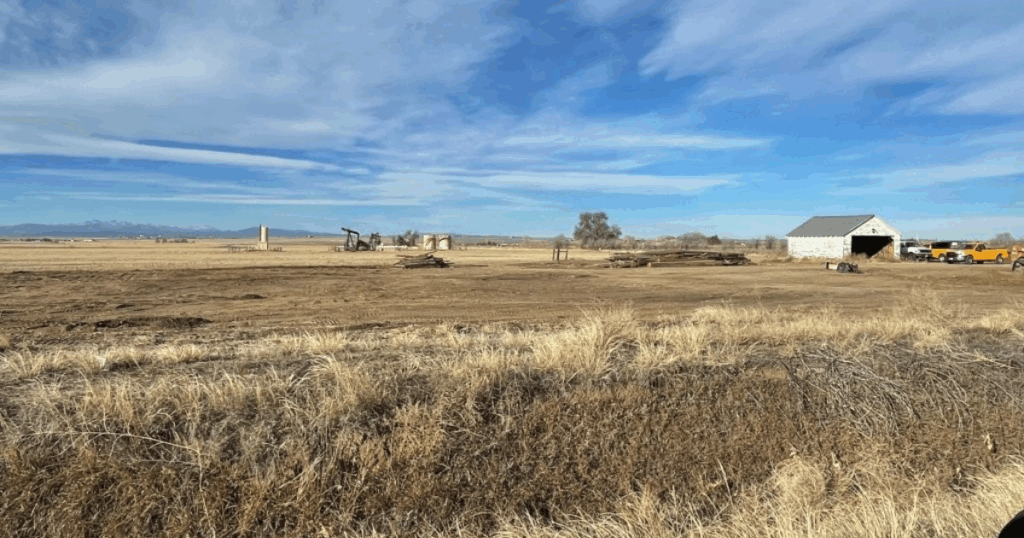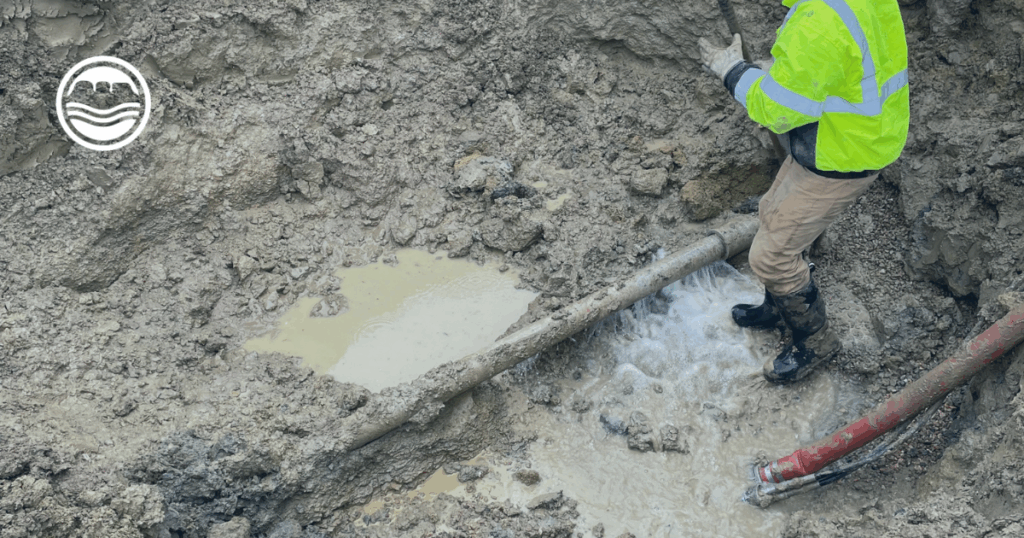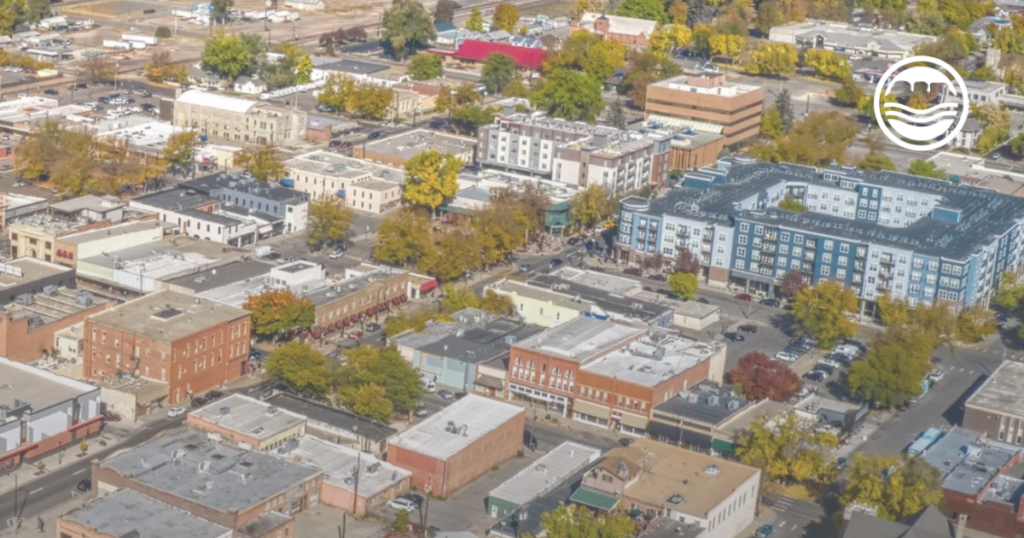At Fort Collins-Loveland Water District, we are mission-focused for the future. Planning is just part of what we do, and not just planning for today, but looking ahead as far as 80 years down the road. While that’s likely long after many of us are even here, water is a precious resource and one we intend to be stewards of for our customers, just as we have since 1961.
What does mission-focused for the future mean exactly? As part of our yearly planning process, there is a lot our team evaluates to ensure we continue to uphold our mission to provide high-quality, secure, reliable and affordable water for our customers. This extensive list includes things like looking at what we might need to invest in such as technology or equipment, new and emerging supply and treatment processes, asset acquisition, new regulations, maintenance needed over time, overall infrastructure and distribution, District operations and conservation efforts. All of these are then aligned with our budget to ensure we can properly fund them, as well as prepare for anything that may come up unexpectedly.
“Planning is bringing the future into the present so that you can do something about it now.” — Alan Lakein
As you can imagine, all these aspects of planning take a number of resources as well as department expertise. Because our District is in a high growth period it’s hard to see anything past that, however, our job is to look far enough into the future to try to predict what our region will look like 20 or even 80 years down the road. At that time, we’ll move more into maintenance with less capital expansion. This requires a delicate balance between large capital projects that need funding today along with the water supply and demand needs of tomorrow. Both are carefully analyzed through our water efficiency plan.
Additionally, we maintain a balance between preventative and reactive maintenance. Our team recently reminisced about a batch of meters that we expected to get 20+ years out of but, unfortunately, they only lasted about 10 years. Allocating space in our budget to fund the unknowns is mission-critical and we have learned in our 63-year history that being agile is key.
With ebbs and flows in unexpected repairs and replacements, development, capital improvement projects, ongoing maintenance and more, it may appear impossible to budget. However, we use a proven methodology coupled with a conservative approach to keep rates as predictable as possible. We implement steady, ongoing rate increases and conduct in-depth rate studies to remain transparent with our customers and avoid rate surprises. The last rate study was conducted in 2018 and a new one is currently underway. Anyone who has done even a small home renovation project knows that the cost of labor and materials is always going up and has increased even more since 2020. In addition to costs, we are also experiencing supply chain disruptions. For example, PVC materials used to only take a few days to receive, but now we plan for a 36-week delivery time, and as no surprise, costs have gone up. Planning for costs like these is all in a day’s work.
Just as the supply chain has changed, so has technology. Our team is always looking for ways to save money for the District by using technology wisely. We believe that humans are still essential for critical thinking, but that technology can be a valuable tool for improving efficiency. Technology is more and more intertwined in water management these days from EPA regulations to IT regulations and access to data plays a bigger role in our planning process. Watching system alerts for things such as leaks, pressure changes, etc. is reactive, but as we pull data over time, and as that data becomes more sophisticated, we can start to identify key indicators and patterns to make smarter decisions.
Our conservative approach also shows up in our resourcefulness. When possible, we always try to repair or reuse things whether that’s keeping trucks a bit longer in our fleet, holding on to old laptops to be used as backups, saving pieces and parts in our warehouse for replacements, taking care of our tools, or even getting technology refunds and applying them to purchase new technology. By repurposing, we save money, and saving money helps keep costs down for our customers.
How can you get involved?
While all of this rolls up into meticulous planning and tapping into our internal team of experts and board of directors who bring a wealth of knowledge and history, we also encourage our customers to get involved in planning. Most of the time when there is growth in the District we are simply reacting. Land use is determined by jurisdictions (i.e., Town of Windsor, Larimer County, etc.), and while we can react and support it, that’s something we can’t plan for. Often, growth and landscape regulations are up to the people. There are many opportunities for customers to get involved whether it’s attending board meetings or providing feedback on our water efficiency plan. When customers provide proactive feedback, it helps us better understand what they are looking for and how we can support them.
At the end of the day, when you turn on your tap to grab a glass of water or wash your dishes, our job is to maintain the consistency and quality you expect. Through thoughtful planning, we will continue to provide this precious resource for years to come.
 Skip to content
Skip to content








